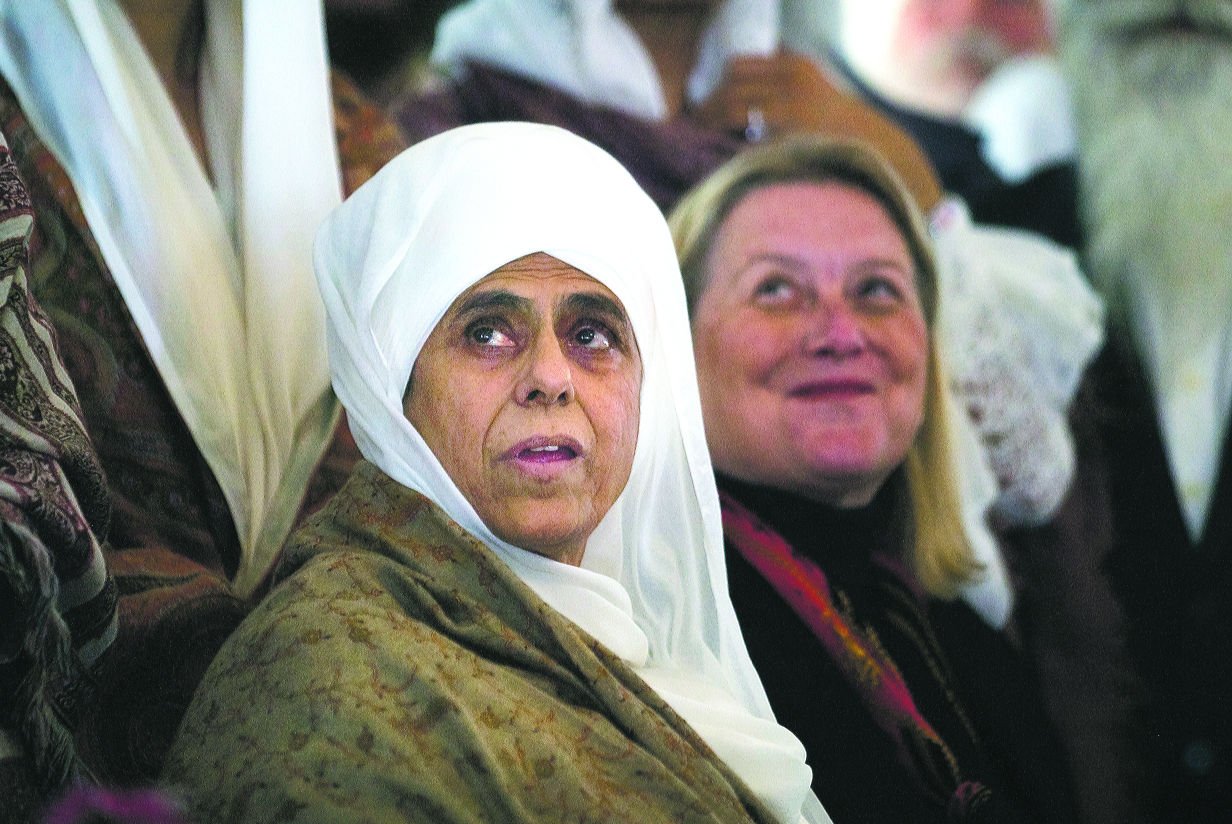

“Facing my death has been the most important work I have done in my life. Shocked the hell out of me and everyone who knew me.” After I reached the limits of medical treatment, I learned to see and to serve the purity and piety in all. I never thought spirituality or religion had any value. I didn’t think there was anything more I could learn about life.

” I was an old guy, 68, when I was diagnosed. He made new friends along the way and continued undaunted, even when others around him did not share his enthusiasm for addressing death. Life has become magical, even though I am doing the same routine.” Roger encouraged his family, friends, and colleagues to explore this process with him. Now, to me every place is an altar, every experience is a blessing.

“I have discovered a world beyond my intellect and this has been an extraordinary experience. His efforts led him to meditation and yoga practice and the inner work of facing death and finding new life. When his oncologist told Roger there was no further treatment he could give him, Roger said, “I’ll just keep turning over more stones, until I find a solution.” When he received a diagnosis of stage IV colon cancer, he approached his treatment with the same one-step-at-a-time system that he used in his lab at work. For him, everything had to have a reason, an explanation, and it had to make sense. Roger was a chemical engineer and a methodical man. We remember the preciousness of our life and choose right action. When we remember in life that we are to die, our awareness does not allow us to do a wrong act. To a person following a yogic way of living, life is a conscious preparation for death.
YOGI BHAJAN DEATH HOW TO
Yogi Bhajan says that to know how to live, we must know how to die. Closer to the dying person, and especially move closer to the realization and acceptance of one’s own death. So, I thought, this is how medical people are trained away from a dying person. I stood in front of a leading representative of modern medical health care, astounded. We turn our attention to the patients where we can win.”Īt that point, there was nothing in my life experience that had taught me how to serve people facing death, and I was seeking the wisdom of those in the field. We don’t want our patients to die, so when it looks as though they will, we start to pull away. When I first started to teach Kundalini Yoga to people with HIV, cancer, and other life-threatening illness, a renowned health care leader told me bluntly, “Death is a medical failure. In the early evening on that same Tuesday, David called to let me know that Jonathan had passed away peacefully in their home. It was with this fearless depth that Jonathan heard the doctor’s prognosis. When it came time for death, he was prepared. He then made a conscious choice to live in a way that honored the sacredness of his life. What was he afraid of? What was holding him back from fully enjoying the gift of his life? Jonathan used the practice of meditation to help him become aware of his feelings, beliefs, decisions, words, and actions and to transform them. From the time he had first started classes in Kundalini Yoga for people living with HIV, he took to heart the yogic perspective on living and dying. If the doctor is wrong, I’ll be in class, in my usual spot.” Jonathan spoke with ease and calm. If the doctor is right, my partner David will give you a ring. “I’ve gone to the doctor this morning and he told me I have just three days to live. “I’m calling to let you know I may not make it to class on Friday, ” Jonathan began in his soft British accent. I had been teaching yoga to people living with serious illness for about five years in Los Angeles. On a cool Tuesday morning in January 1990, Jonathan called.


 0 kommentar(er)
0 kommentar(er)
